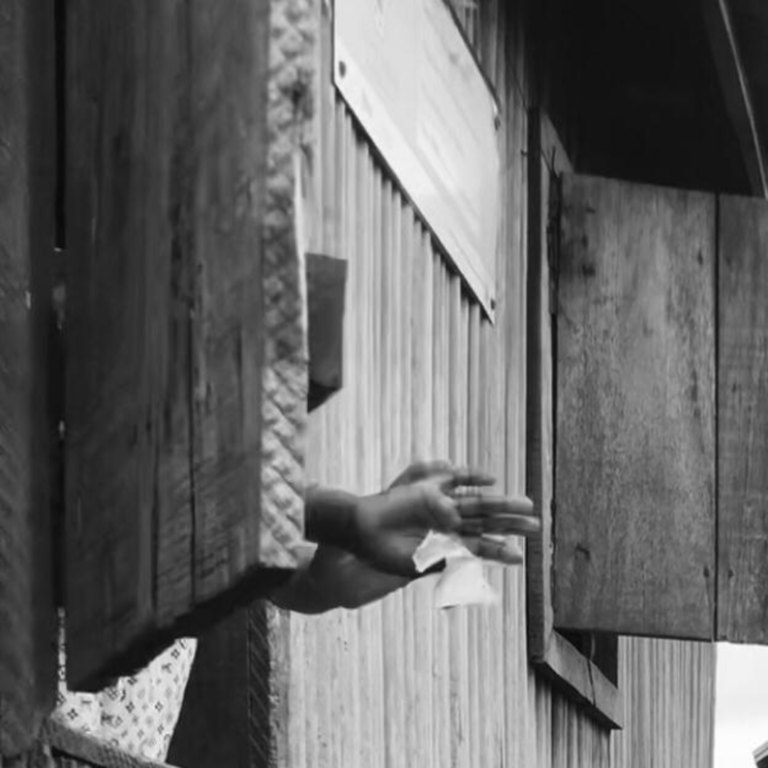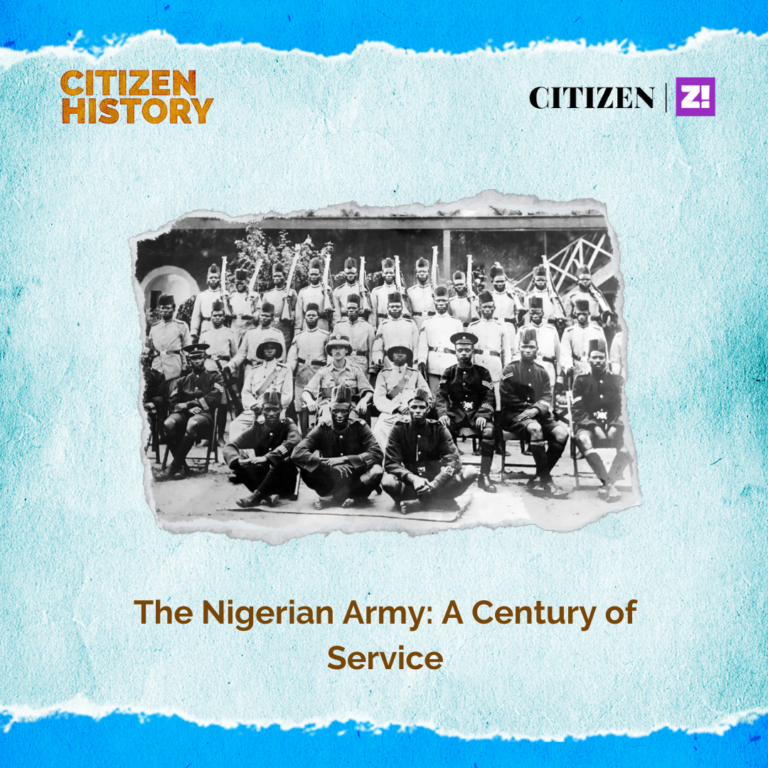Welcome to Citizen History, your weekly time machine to Nigeria’s political past. It’s all about the facts: where we’ve gone wrong and how we can fix it today.
When the British Empire (through the Royal Niger Company) came to Nigeria and started gaining influence in 1807, they only had one mission — to gain control of all of Nigeria’s economic resources.
And they did get control of these resources— mostly through force. This brute force was applied across the protectorates and colony later known as Nigeria.
This is the story of how one tribal group resisted the British army, in a way they had never seen before.
From the Rev. R.H. Stone’s memoir ‘‘In Afric’s Forest and Jungle, 1899. [Schomburg Center for Research in Black Culture, the New York Public Library]
The rarely documented struggle between the British and a united, underground Igbo resistance group called the Ekumeku lasted for 31 years.
The origins of the Ekumeku Movement
In the late 1880s, shortly after the Berlin Conference of 1884-1885 —where European superpowers partitioned African countries— the Royal Niger Company (RNC) —a British firm trading in the Niger area— was expanding their domination from Lagos towards Western Igboland, which included the Niger Delta and Asaba.
While British traders were doing business with locals before the Conference, the power dynamics shifted even further in the coloniser’s favour after the Conference.
They made all the laws, determined trading; with whom to trade, how much to trade, and lived as overlords in places where they were only welcomed through the force of their guns.
There were claims that “RNC exploited its monopoly far in excess of what it could have made in a free-trade situation, and spread terror, visiting the slightest whiff of local dissent with venom.
“In 1888, half of Asaba was decimated, and Obosi (a day’s walk away in what is now Anambra state) was razed to the ground the following year. In both cases the RNC alleged that the Asaba and Obosi people were involved in human sacrifice, hence the high-handed treatment.
“To ‘stop human sacrifice,’ the soldiers lived off the people’s livestock and food crops, and sexually assaulted the women. This led to a lot of resentment.”
Why was the Niger Delta special in the 1800s?
The British were attracted to the Niger Delta —then called the Oil Rivers Protectorate—because of its resource: palm oil. But why was it such an asset?
In the 19th century, Palm Oil was useful for many industrial processes. It was used as an industrial lubricant in tin-plate production, street-lighting, and as the fatty semi-solid for candle making and soap production. Palm oil made certain breakthroughs in soap chemistry and production possible.
Igbo men in the Oil Rivers area of present-day Nigeria bring calabashes full of palm oil to sell to a European buyer, c. 1900 [Jonathan Adagogo Green / The Trustees of the British Museum]
A palm oil factory likely in either Opobo or Bonny of Niger Delta, c. late 19th century [Jonathan Adagogo Green / The Trustees of the British Museum]
Now, let’s get back to the story
Despite their brash treatment of locals, the British were surprised to meet resistance from locals. These were located across the country and far into Igbo land in the east. But the ones that stunned the armed Brits were the Anioma people of present-day Delta State.
The Aniomas had gotten word of how the British established courts, introduced Christianity, and even selected local chiefs against the people’s will in other places. For the Aniomas, this was unacceptable. And they were not going down without a fight. So they went to war.
A British attack on Ndoni village in 1870 and Onicha-Ado in 1897 set the pace for the rest of the war as one of guns and bloodshed. The war would last in two waves: 1883-1902 when the locals first organised and fought back, and from 1904-1914.
The Ekumeku Movement of 1883 [Google Sites]
The Ekumeku movement (meaning “don’t speak about it”) was comprised of the “otu okorobia”. These were young men from various Igbo villages and the nearby Niger Delta communities. They formed the Ekumeku secret organisation, the vigilante group which fought the British.
The name was given due to the stealth which the men used to fight. Unlike the British soldiers and mercenaries, who had great firepower, the locals were limited in the scope of weaponry. They instead devised guerrilla attacking styles: which took the Brits by surprise, leading to a series of defeats.
The strength and downfall of the Ekumeku
The strength of the movement simply lay in unity, skill and numbers. Before 1883, the Aniocha had a dispute with the Igbuzo clan, which had lasted for decades.
But seeing the power of British arms and ammunition, they decided that they could not fight the war individually. The tribes instead decided to make an alliance.
Other kingdoms such as Onicha-Ado (now present day Onitsha), also joined the movement.
Ekumeku Warriors [Opinion Nigeria]
However, Britain’s superiority in firearms would eventually come to play as the war protracted.
In December 1902, the British laid a preemptive strike which destroyed a large number of towns and imprisoned their leaders. As British officers were burning villages accused of taking part in the resistance, the resistance cooled off at this point. This was presumably to regroup.
In 1904, the Ekumeku rose again, but they defended their towns instead of fighting together as they once did. Despite their skills in combat, the British found it easier to destroy their homelands.
European Weapons of Imperialism [Google Arts and Culture]
In 1911, a roundup of Ekumeku leaders led to imprisonments. By 1914 when Nigeria’s Northern and Southern Protectorates and the Colony of Lagos were joined as one country, the Ekumeku fire had only started to die.
There are no official record on locals killed during the resistance, but it was one of the most devastating resistance to British occupation in Nigeria, leading to the death of a commander; H.C. Chapman.
The colonial government’s Collective Punishment Ordinance (CPO) – a law to punish an entire village suspected of entertaining the activities of the Ekumeku, was pivotal to ensuring the resistance did not return a third time.
The impact of the Ekumeku Movement
It served as an inspiration for other countries. Many historians believe that the Ekumeku Movement inspired the Kenyan Mau Mau Rebellion of 1952.
While it is not often spoken of, the Ekumeku Movement proves that the ancestors didn’t take their chains lying down.




